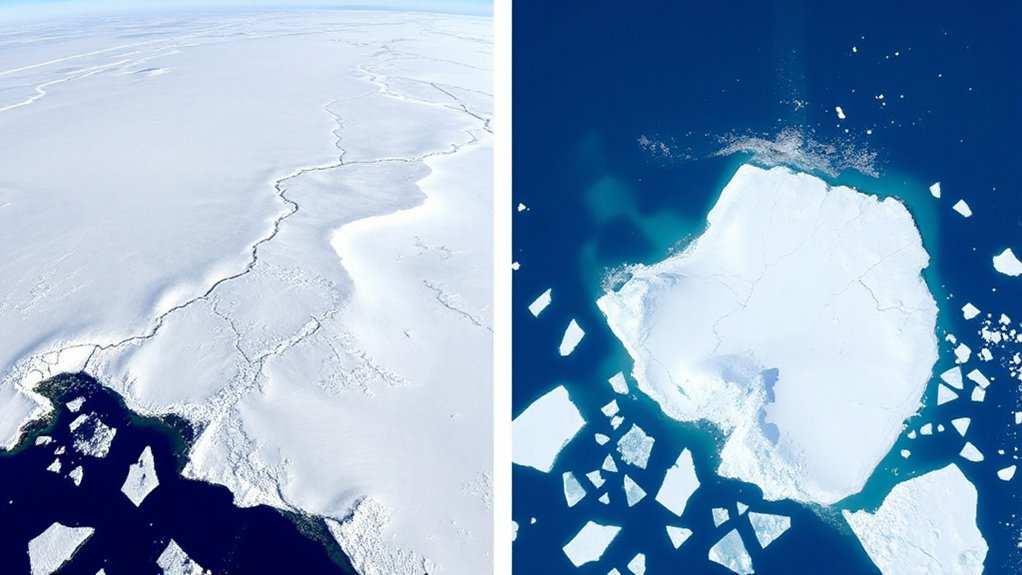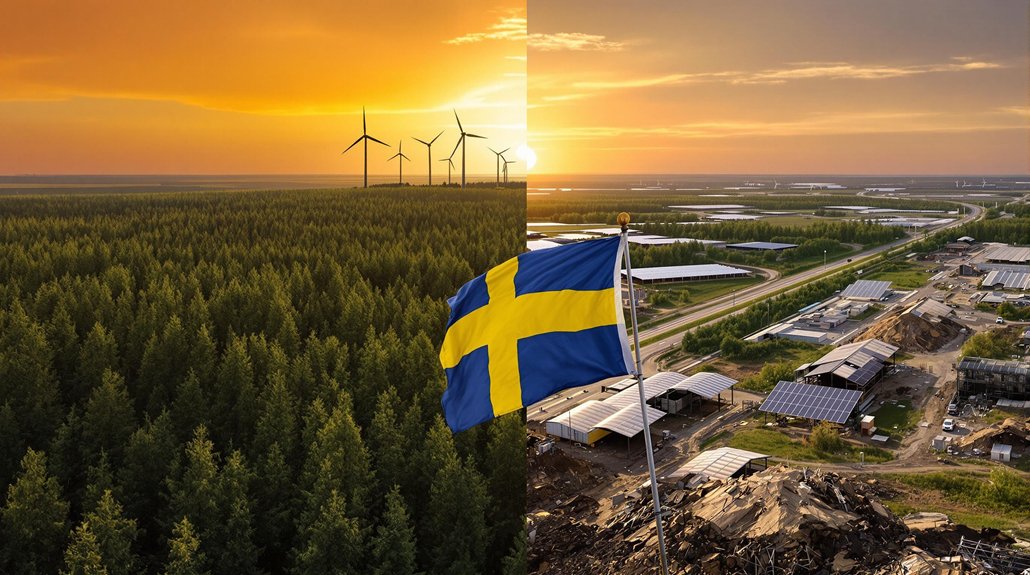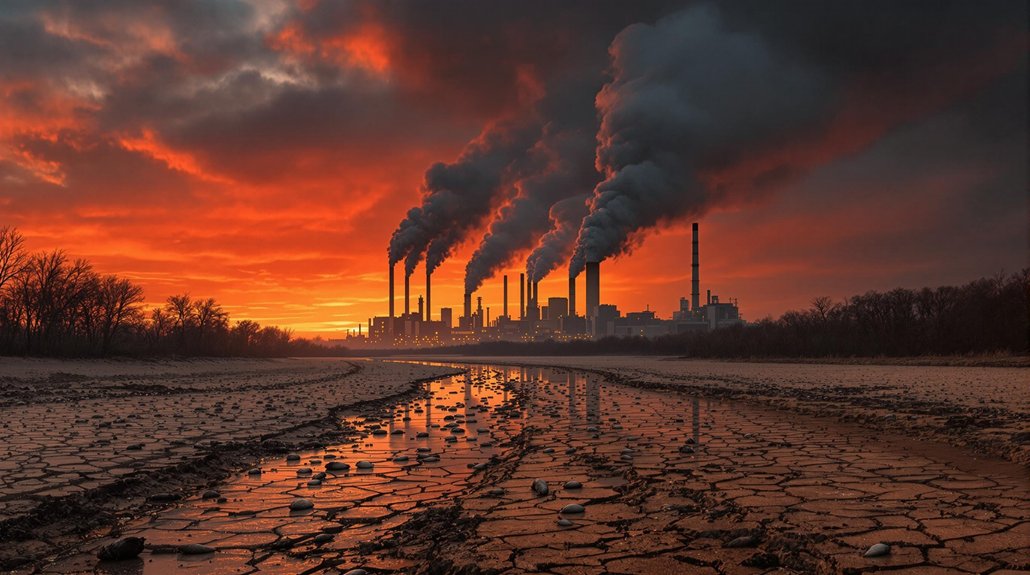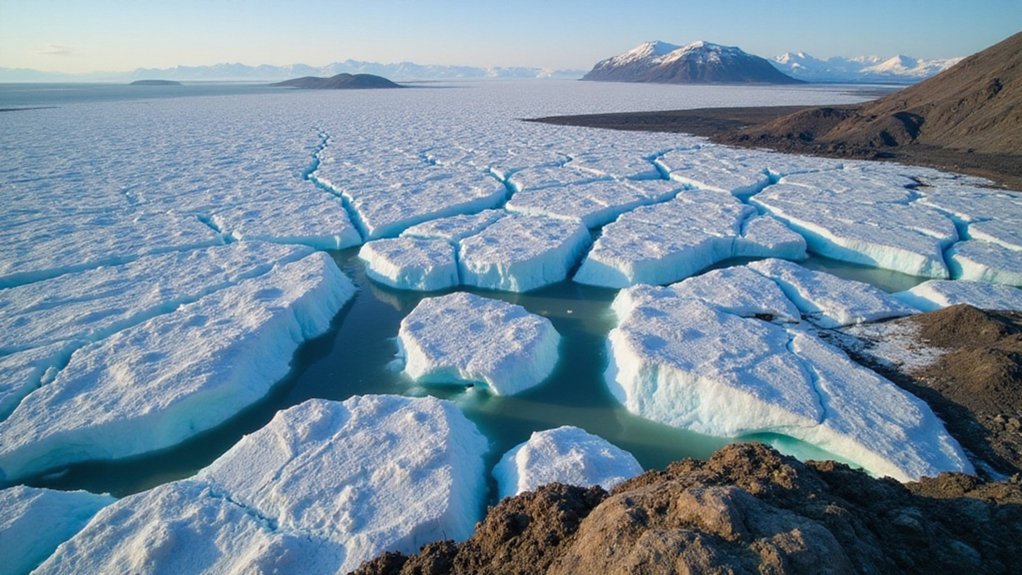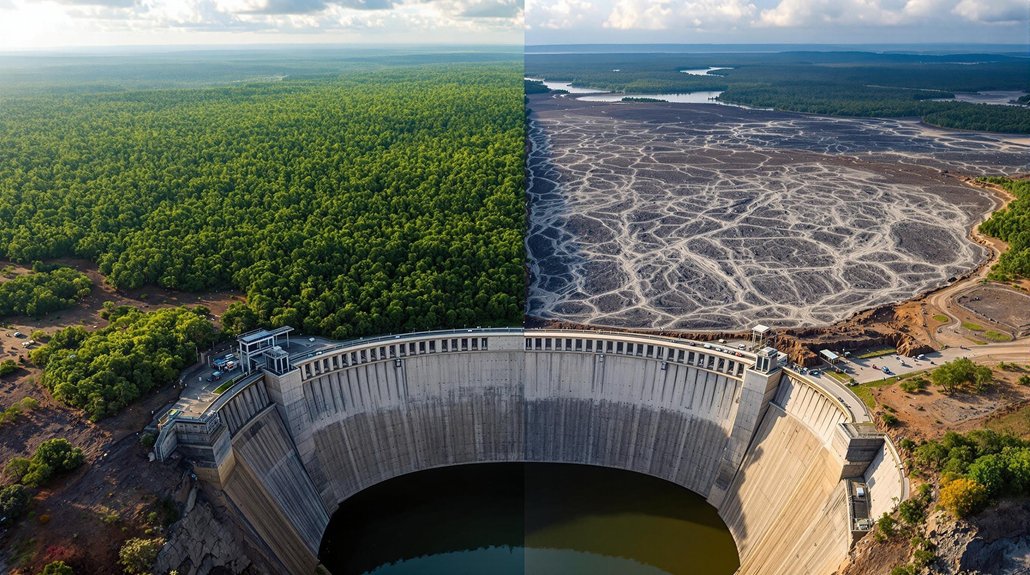While scientists have long warned about the effects of climate change on polar ice, nobody expected it to happen quite this fast. In a stunning development that has left researchers reeling, satellite imagery has confirmed that a significant portion of an Antarctic glacier has vanished in just 60 days. This isn’t some minor ice chunk we’re talking about. It’s massive, and it was stable until… well, until it wasn’t.
The culprits? A nasty cocktail of warming oceans and atmospheric heat. The disappearing act has sent scientists into overdrive, frantically analyzing data to determine if this is a one-time freak event or—more terrifyingly—the new normal. Spoiler alert: the early signs aren’t great.
Ocean temperatures around Antarctica are rising. Wind patterns are shifting. Ice shelves are weakening. It’s like watching dominoes fall, except the dominoes are continent-sized ice masses that have been stable for millennia.
The situation at Thwaites Glacier—nicknamed the “Doomsday Glacier” (real comforting, scientists)—is particularly alarming. It’s shedding 50 billion metric tons of ice annually. For perspective, that’s roughly the weight of 137 Empire State Buildings. Every. Single. Day.
The Doomsday Glacier dumps an Empire State Building’s worth of ice into the ocean every 10 minutes. Sleep tight.
If Thwaites collapses completely, we’re looking at over half a meter of sea level rise. And that’s just from one glacier. Recent studies predict Thwaites could contribute up to 65 centimeters of rise to global sea levels. The potential destabilization of other West Antarctic glaciers could push that figure to 3 meters. Coastal cities? Hope you like swimming.
By 2085, research suggests 60% of Antarctic ice shelves will be in critical condition. Without these ice shelves acting as barriers, glaciers flow into the ocean faster. The math isn’t complicated. More ice in the ocean equals higher sea levels.
The International Thwaites Glacier Collaboration has mobilized over 100 scientists from around the world. They’re researching frantically, deploying everything from satellites to direct field observations. Some are even exploring giant sea curtains to shield glaciers from warm water. One innovative geoengineering proposal suggests using anchored seabed curtains to block the warm ocean water that’s accelerating the glacier’s demise.
For hundreds of millions of coastal residents worldwide, the clock is ticking. Fast.
References
- https://www.chosun.com/english/industry-en/2025/10/30/SLT3ELGFAVA3NN53OF2WQ4IM6A/
- https://www.cbsnews.com/news/antarcticas-doomsday-glacier-thwaites/
- https://news.mongabay.com/2025/09/scientists-weigh-giant-sea-curtain-to-shield-doomsday-glacier-from-melting/
- https://thwaitesglacier.org/news
- https://www.nature.com/articles/s41561-025-01802-4
- https://polarjournal.net/thwaites-countdown-to-disintegration/
